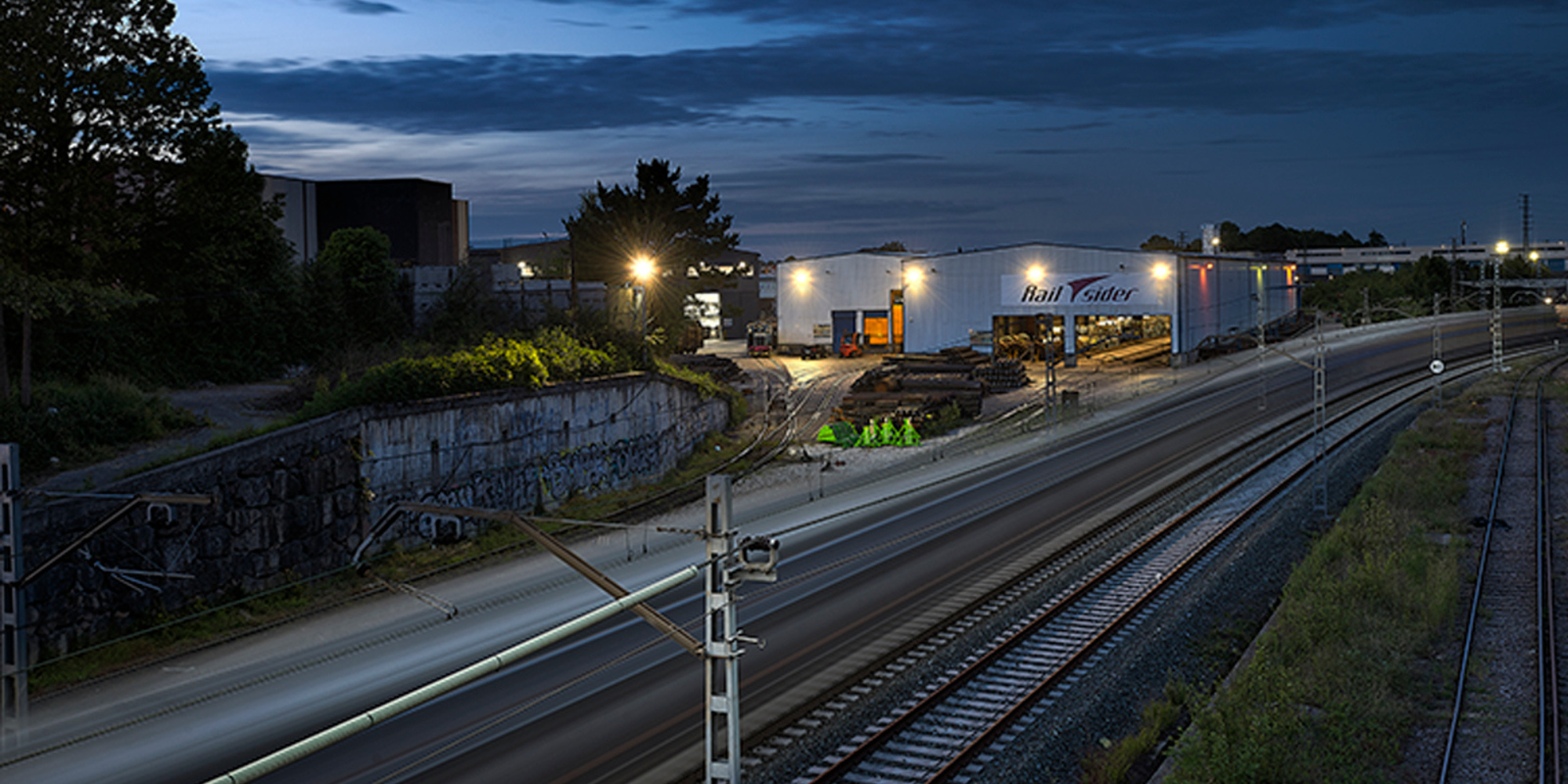In the logistics sector, logistics operators play a key role in managing the supply chain efficiently. Today, terms such as 3PL and 4PL logistics operators are becoming increasingly common, especially among companies seeking to optimise their operations and achieve new levels of efficiency. At Railsider, we understand the importance of choosing the right logistics model for each business, particularly in sectors where rail freight is crucial. In this article we explain what 3PL and 4PL logistics operators are, how they are different and what advantages they provide.
What is a logistics operator?
A logistic operator is a company that manages and coordinates the transportation, storage and distribution of goods for other companies. Logistics operators, particularly those in the rail sector, are essential when it comes to optimising the supply chain, reducing costs and improving sustainability. As a rail logistics operator, Railsider specialises in integrating multimodal solutions that maximise efficiency and minimise environmental impact.

3PL logistics operators: definition and characteristics
Third-party logistics operators (3PLs) are responsible for managing specific tasks within a company’s supply chain. These services typically include the transportation, storage and distribution of goods. The key characteristics of 3PL operators include:
Flexibility
They allow companies to delegate parts of their logistics operations depending on their needs.
Specialisation
They provide expertise and advanced resources to manage specific logistical tasks.
Cost savings
Companies can reduce their operating costs by outsourcing logistics services.
For example, in the case of rail freight logistics services, a 3PL operator can take charge of route planning and coordination between the different logistics players, such as ports and inland hauliers.
4PL logistics operators: definition and characteristics
Fourth-party logistics operators (4PLs) go beyond 3Pls and act as integrators of the entire supply chain. These operators not only manage logistics tasks, but also design and optimise strategic processes. The responsibilities of 4PL operators include:
Integrated management
They oversee and coordinate all logistics-related matters, from strategy to implementation.
Advanced technology
They use tools such as transport management systems (TMS) and data analytics to improve decision-making.
Sustainability
They incorporate greener solutions, such as rail transport, to reduce the environmental impact.
A 4PL operator is ideal for companies looking to centralise their logistics management and engage a strategic partner to maximise efficiency.
Main differences between 3PL and 4PL operators
The main differences between 3PL and 4PL logistics operators are the level of control and responsibility that each takes on to manage the supply chain. 3PLs, or third party operators, focus mainly on carrying out specific logistics tasks, such as transportation, storage and distribution. These operators work as partners that provide specific logistics services, allowing companies to delegate specific processes and benefit from their technical expertise.
Meanwhile, 4PLs, or fourth-party operators, employ a broader, more strategic approach. They act as supply chain integrators, not only overseeing and coordinating logistics operations, but also designing and optimising a company’s entire logistics network. In this model, 4PLs play a central role, taking complete control of logistics to ensure efficient, sustainable integration.
Furthermore, while 3PL operators only manage the activities assigned to them 4PL operators often use advanced technology such as transport management systems (TMS) and real-time data analytics to make strategic decisions. In terms of control, 3PLs share responsibility with the companies that contract their services, while 4PLs tend to have a greater degree of autonomy to ensure optimised results.
In rail freight, a 3PL operator might be responsible for coordinating individual shipments and managing relationships with carriers, while a 4PL would design a multimodal logistics solution, integrating rail and other modes of transport to maximise supply chain efficiency.
Advantages of working with 3PL and 4PL logistics operators
Both 3PL and 4PL models provide unique benefits that can be tailored to different business needs:
Advantages of 3PL operators
- Cost efficiency: They reduce operating costs by taking advantage of economies of scale.
- Access to expertise: They provide expertise in rail transport and other areas.
- Scalability: Companies can adjust their logistics needs based on demand.
Advantages of 4PL operators
- Total optimisation: They design customised strategies to maximise logistics efficiency.
- Technological innovation: They implement real-time data monitoring and analysis solutions.
- Sustainability: They promote greener practices, such as using rail freight, which emits less carbon than road transport.
Choosing between a 3PL or 4PL logistics operator depends on the specific needs of your business. If you are looking for an operational solution to handle one-off tasks, a 3PL operator may be sufficient. However, if you need a strategic partner to optimise your entire supply chain, the 4PL model would be the best option.
Railsider is committed to providing customised logistics solutions and is constantly working to leverage these advantages by providing integrated supply chain solutions. Our approach combines technology, expertise and sustainability to help companies grow efficiently and responsibly.
